The Design Thinking method was synonymous with great things many years ago, not small items with nice designs but negligible use.
One of the forerunners of Design Thinking is the British 19th-century engineer and architect Isambard Kingdom Brunel — Tim Brown, IDEO executive chairman, believes.
To Brunel, we owe the Clifton Suspension Bridge in Bristol and the Thames Tunnel in Rotherhithe — examples of groundbreaking design and innovation.
Brunel's most outstanding work is the Great Western Railway. The engineer's vision was to give passengers the sensation of floating through the landscape. The integrated transport system that would allow travelers to start their journey in London by train and end it on a ship in New York was also born in his mind.
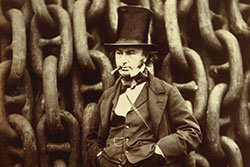
Isambard Kingdom Brunel was a great 19th-century innovator. | Photo: Robert Howlett (Isambard Kingdom Brunel Standing Before the Launching Chains of the Great Eastern), The Metropolitan Museum of Art – commons.wikimedia.org
What does the Design Thinking so characteristic of Brunel involve? It fits with what Roger Martin, in his book "The Opposable Mind," calls integrative thinking.
It's about using conflicting ideas and opposing limitations to create new ideas.
In terms of design, it means combining attractiveness and human needs with technical feasibility and cost-effectiveness — and that's precisely what Brunel did.
Design Thinking as a step toward change
Tim Brown argues that Brunel's days are, in a sense, over. Today, we have people thinking in a systemic way who work on small designer projects.
With the growth of industrial society, designing has become a profession that focuses on an increasingly smaller field. And so much so that it has even become synonymous with aesthetics, image, and fashion — according to Tim Brown.
However, he adds that design is gaining renewed significance. All thanks to using Design Thinking to solve new problems: global warming, education, healthcare, safety, etc.
A great example of this is IDEO's work in India, where there was a problem finding a specialist who would help with fitting hearing aids. It was necessary to work with designers who focused on Indian patients and social workers.
That's how they realized that a palmtop with an app could replace specialists in terms of hearing aid fitting and diagnoses. Conversion Sound, on the other hand, has created low-cost but high-quality hearing aids.
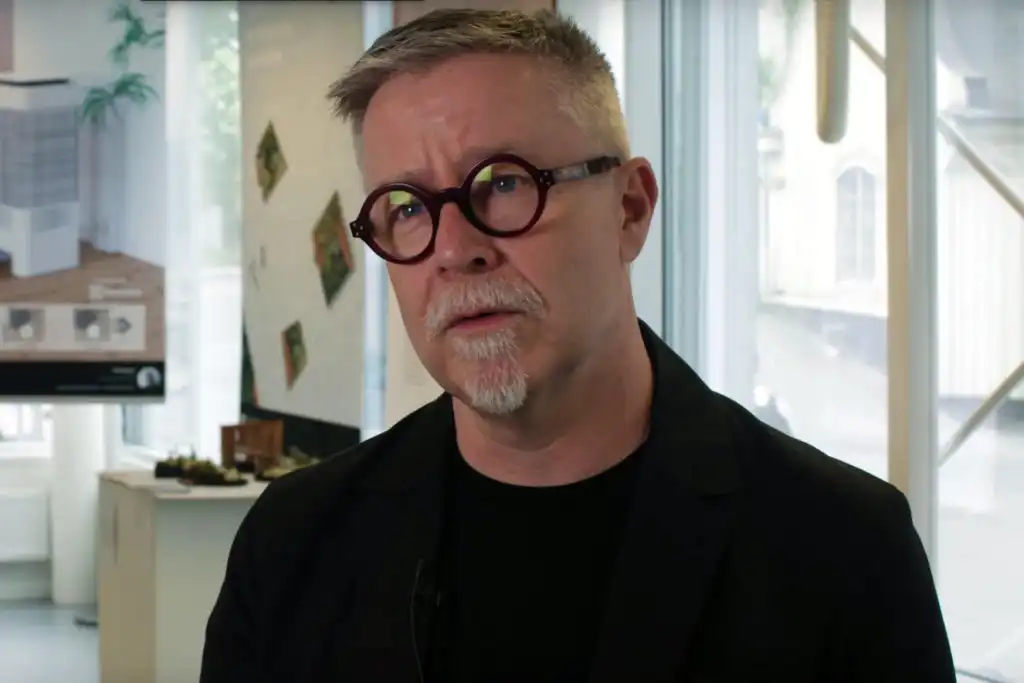
"Designers started with people and culture instead of new technology. When human need is the starting point, then Design Thinking quickly shifts to discovery by action", Tim Brown assesses.
A prototype: the essence of Design Thinking
Vital elements of Design Thinking are prototypes that speed up the innovation process. Even with a simple prototype, we can see the disadvantages and advantages of our idea.
The faster we do it, the faster our ideas evolve — Tim Brown assesses and gives an example of a factory that manufactures its own lenses for people suffering from cataracts.
He believes that it is partly due to the company's prototyping-focused mindset that it has reduced the cost of manufacturing one pair of lenses from $200 to $4.
Today, we have people thinking in a systemic way who work on small designer projects.
"They've succeeded in part because instead of building a new factory, they've used a cellar of one of the hospitals. Instead of installing large machines used by western manufacturers, they've used low-cost CAD/CAM prototyping technology," recalls the IDEO member.
Design Thinking — what is it? A mouse and a graphical interface as examples
IDEO is associated with having influenced, among other things, Apple's early history, although the story turns out to be convoluted. Established in 1970, Xerox PARC was the first to create a graphical user interface and a computer mouse.
The problem was that both products were too clunky and too expensive. In the meantime, Xerox wanted to invest in Apple, which was the pride and joy of Silicon Valley investors.
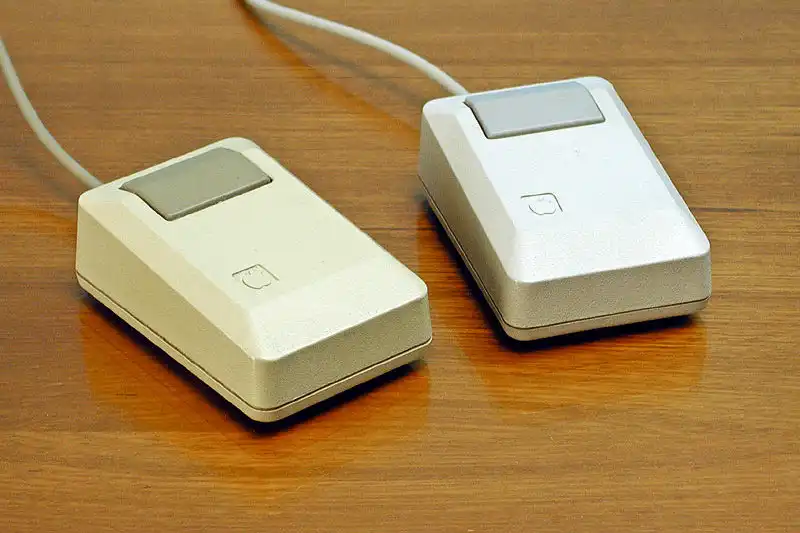
Steve Jobs wanted Xerox to show him what they'd been working on. As a result, he was able to pick up on innovative solutions and implement them in his company with the addition of considerable improvements. Xerox ideas themselves are a good example of Design Thinking: to this day, we're using mouse and graphical environments.
However, let's remember that without Steve Jobs' changes, who wanted the mouse to be more reliable and cheaper from Xerox design and the GUI (Graphical User Interface) to be more functional; they would not have the right to exist. Apple's co-founder commissioned DKD (now part of IDEO) to create the mouse.
The release of creativeness
One of IDEO's founders David Kelley, states that we're all creative, but most of us lack the confidence to implement new ideas. Kelley recalls how he met Albert Bandura, the creator of social learning theory.
The psychologist has developed a method to help eliminate a phobia quickly. It consists of a few small steps which bring us closer to "befriending" the object of our fear.

David Kelley is an important character in the development of Design Thinking. | Photo: YouTube.com/Carnegie Mellon University
David Kelley decided to use the psychologist's method to activate designers' creativity. In one of his speeches, he tells the story of Doug Dietz, an engineer who designs imaging equipment. Dietz was going through a crisis after discovering that in one of the hospitals, 80% of children take sedatives before using his machines.
At the Stanford Design Institute, where Kelley worked, he found out about the method inspired by Albert Bandura's idea — Design Thinking, empathy, and creating prototypes. This is how he redesigned the "scanning experience." A room and walls were painted: in one of the variants, the machine resembled a ship, and the room where it was located was a pirate island.
Doug Dietz made the scanning an adventure in which the noises are the sound of a ship moving. "Children were told that they were boarding a ship and they needed to stay still to avoid being found by pirates," David Kelley says.
As a result, the percentage of children who were given sedatives has dropped to 10 percent. All parties were thus satisfied — the anesthesiologist was no longer called in as often, more patients were admitted, and the children were no longer afraid.
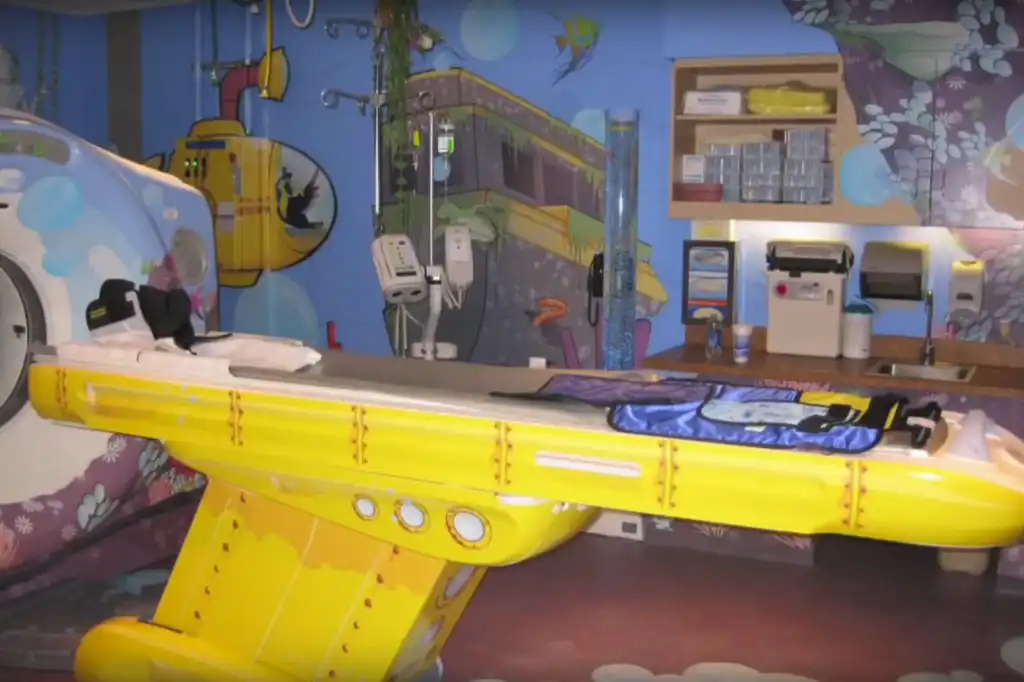
"Creativity is not some kind of gift from God. We're all born with it. Let's allow these ideas to run free," David Kelley encourages. In the Harvard Business Review article, Kelley and his brother Tom, who also works in IDEO, proposed the following definition of creativity: "Creative confidence is the natural human ability to come up with breakthrough ideas and the courage to act on them." They both state that creativity needs to be worked on.
Design Sprint: Act faster
Design Thinking, where creative thinking is important, is just a piece of the larger puzzle when creating a project. It also needs a Design Sprint — the embodiment of Lean Development and Design Thinking. Design Sprint allows us to move to Scrum or Cascade, where design work will begin.
Employees are in constant contact with the client during a sprint, and there's no place for rigid arrangements.
In Design Sprint, the expectations of the client are crucial even when they're dynamically changing.
The sprint, which began at Google Ventures, is a five-day process that seeks answers to key questions. For this purpose, we create simple prototypes and test ideas among customers. It's vital to break the never-ending cycle of debate and shorten the month of work to one week.
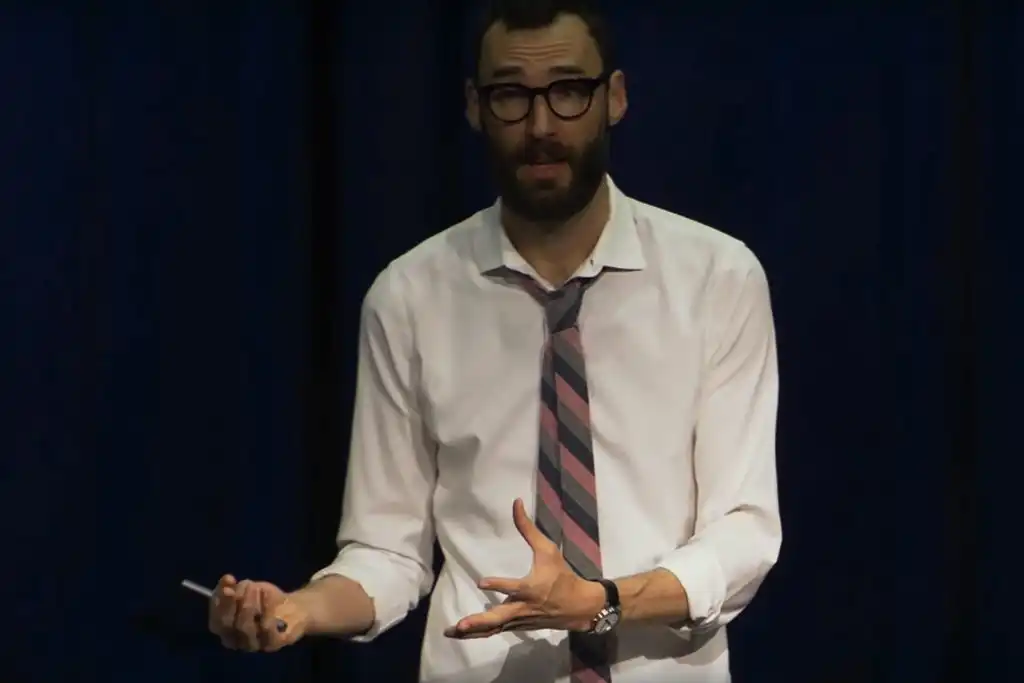
The originator of Design Sprint, Jake Knapp, says that releasing a stripped-down version of a product on the market to see if there is potential behind it isn't the best solution.
He believes offering companies data collected from a realistic prototype is better. Not a lot of work is needed — in the case of a website, all we need to do is prepare a series of slides in Keynote to mimic the look of a site.
Let's add that the sprint itself (not referring to Knapp's concept) is divided into up to four-week design thinking phases. Every phase means specific arrangements regarding the project and budget.
At the end of the sprint, the product must be in a state that will allow it to be released according to the team's definition.
Design Thinking vs. Design Sprint
Design Thinking is about organizing our thinking process to understand and define a problem, create a concept, change it, and test solutions.
Design Sprint, however, is a methodological process based on Design Thinking, and its task is to solve the problem most effectively in the specified time.
Design Thinking is a systematic process that designers use to solve problems.
The first challenge of Design Thinking relates to the focus on empathy toward the recipient, on what allows it to understand them, as in the already mentioned example of a diagnosis system that has worked well in India.
The second key element is the mindset that involves testing solutions, gathering evidence, and iterations.
Jonathan Courtney from Digital Product Design AJ&Smart interestingly illustrated the differences between Design Thinking and Design Sprint. He compares Design Thinking and Sprint to cooking.
He says that Design Thinking is like cooking without a recipe when we lose a ton of time preparing the dish. However, the recipe allows us to focus on the most important things — we don't have to wonder how much salt is needed for the dish.
Jonathan Courtney explains that Design Thinking is a foundation, philosophy, and a set of tools for innovation. However, he says, Design Sprint allows us to execute assumptions systematically.
Check out our article about Sprint vs. Cascade.
What do Design Thinking and Design Sprints consist of?
Design Thinking consists of five phases:
- Empathize — understand the context in which the user is situated
- Define — understand what problems need solving
- Ideate — imagine a new solution
- Prototype — create a simulation of a real product by selecting the most interesting solution
- Test — perform it on real users this will allow us to obtain their opinions.
Design Sprint is also divided into stages — one sprint lasts a maximum of four weeks. The five-day sprint usually consists of six hours, i.e., we start at 10 a.m., have an hour break for lunch in the middle of the day, and finish at 5 p.m. The relatively late starting time is because we want the team to be rested.
Jake Knapp explains that more working hours don't mean better results. He believes everything is a matter of bringing the right people together, establishing the operation structure, and eliminating "distractors." Below we present the sprint schedule proposed by Google Ventures.
Day 1
Understand:
- Who users are
- What are their needs
- In what context they are
- Perform competition overview
- Fromulate a strategy.
Day 2
Define:
- Vision
- Develop solutions
- Invent.
Day 3
Decide:
- Select the best idea
- Prepare a draft of the idea.
Day 4
Prototype:
- Quickly build a simple prototype that you will show to the users
- Focus on usability and not aesthetics.
Day 5
Validate:
- Show the prototype to actual users outside the organization
- Discover what doesn't work.
Hero shot: Harshil Shah/Flickr.com/Bit.ly/2mDMZRO/CC BY-ND 2.0






